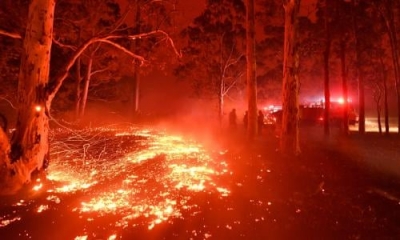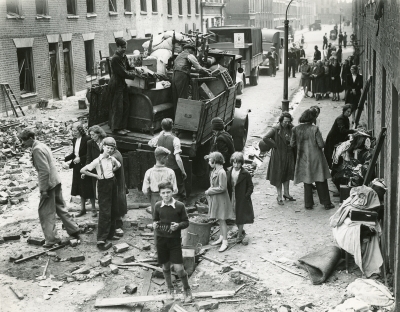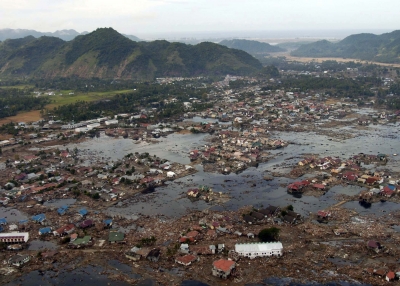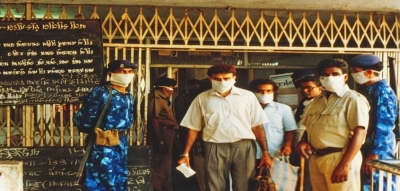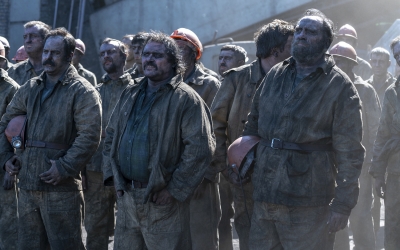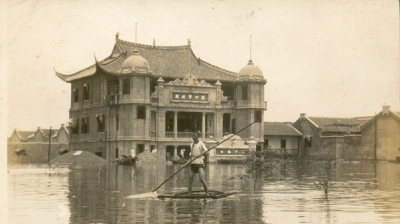In 2011, which country was the worst hit by extreme drought that affected more than 13 million people across the Horn of Africa?
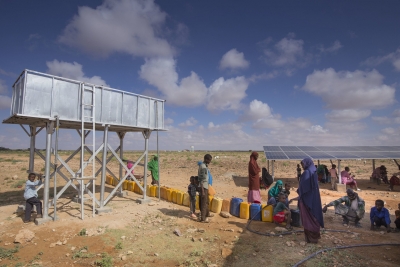
Somalia was worst hit by the extreme drought in 2011 that affected more than 13 million people across the Horn of Africa.
Tens of thousands of people fled their homes in search of food.
The UN declared the famine over in February 2012.
"While conditions in Somalia have improved in recent months, the country still has one of the highest rates of child malnutrition and infant mortality in the world," Ben Foot, from the charity Save the Children, said in a statement.
The UK government has said that at a conference it is hosting on Somalia's future next week it will set out policies on how to tackle the root cause of famine and contain the effects of drought.
The UK's International Development Secretary Justine Greening said Somalia's famine had been "one of the worst disasters of recent times,"
During more than 20 years of civil war, Somalia has seen clan-based warlords, rival politicians and Islamist militants battle for control - a situation that has allowed lawlessness to flourish.
Last September, a UN-backed government came to power, after eight years of transitional rule, bringing some stability to some areas.
Picture Credit : Google
